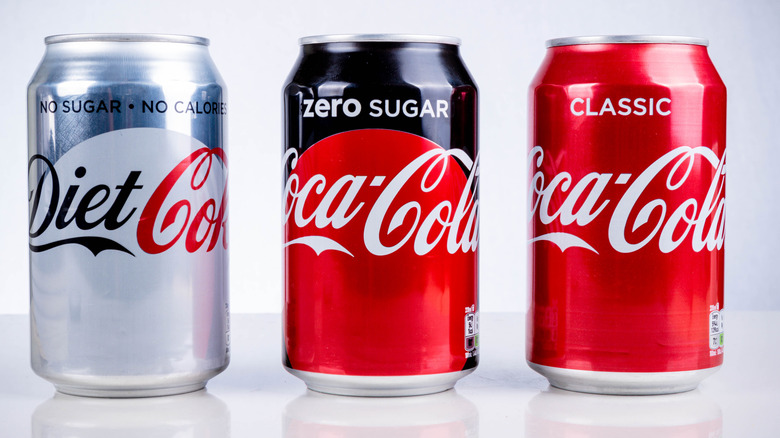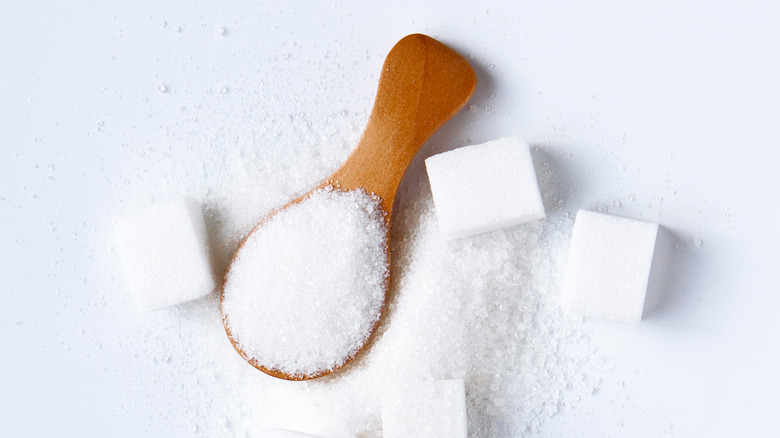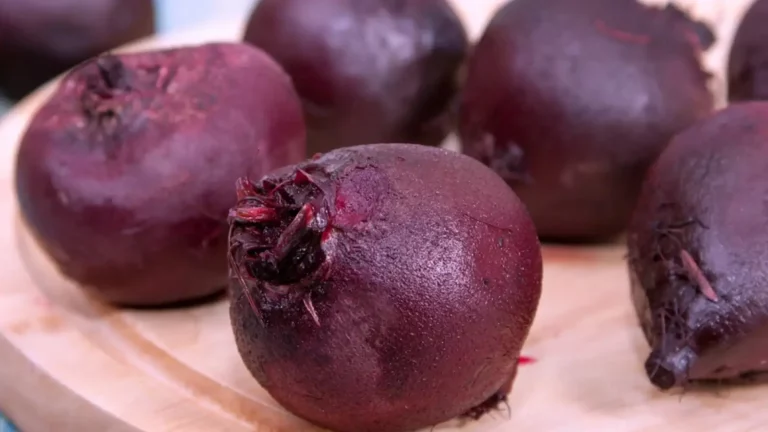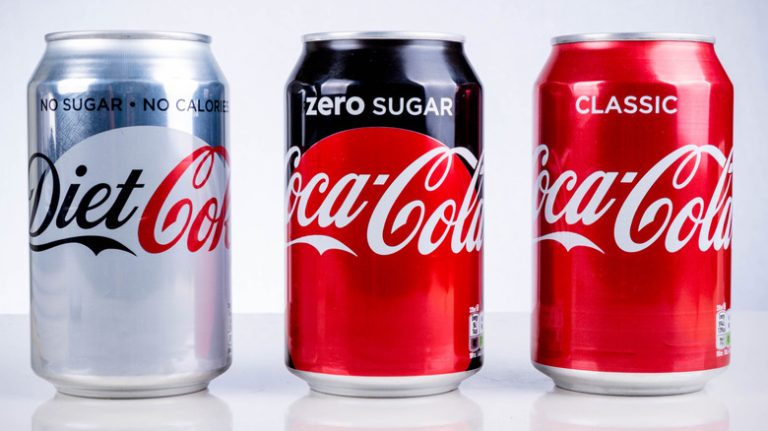
Coca-Cola seems to be omnipresent. On hot summer nights, nothing beats having a bottle of Coke, and the Coca-Cola polar bears have become a Christmas icon. Marketing strategies often associate Coke with creating cherished memories with loved ones, and its signature red and white label is one of the most recognizable brands globally.
However, there’s a downside to the widespread admiration for Coca-Cola that health experts have been discussing for years – the sugar content in Coke is quite high. This isn’t a secret, as the sugar levels are listed on every can, bottle, and the company’s website. According to Coca-Cola, one 12-ounce can of classic Coke has 39 grams of sugar, while a Cherry Coke contains 42 grams. Initially, this might not seem excessive, but sugar comprises nearly all the calories in a can of Coke. When you compare Coke’s sugar content with an adult’s daily recommended sugar intake, it becomes evident how much sugar is really in a can of Coke.
Is diet soda better than regular soda?

The 39 grams of sugar in a classic Coke equates to roughly 7.5 to 9.5 teaspoons, depending on the type of sugar used. The American Heart Association recommends a maximum daily sugar intake of no more than 6 teaspoons for women and 9 teaspoons for men. This means a single can of Coke not only meets but exceeds the daily sugar limit. A Cherry Coke surpasses the recommended maximum even further.
Some individuals attempt to avoid the sugar issue by opting for Diet Coke. However, recent studies suggest that diet soda isn’t significantly better. A 2018 study published in the scientific journal, Current Developments in Nutrition, indicated that switching to diet sodas did not reduce the risk of developing diabetes.
Although 39 grams of sugar might not seem like much, the evidence clearly shows it’s more than your body needs. While you don’t have to eliminate soda entirely, it should be considered more of a treat than a regular beverage. There are numerous other low-sugar options available to enjoy on a summer night or to add some fizz to the holiday season.




